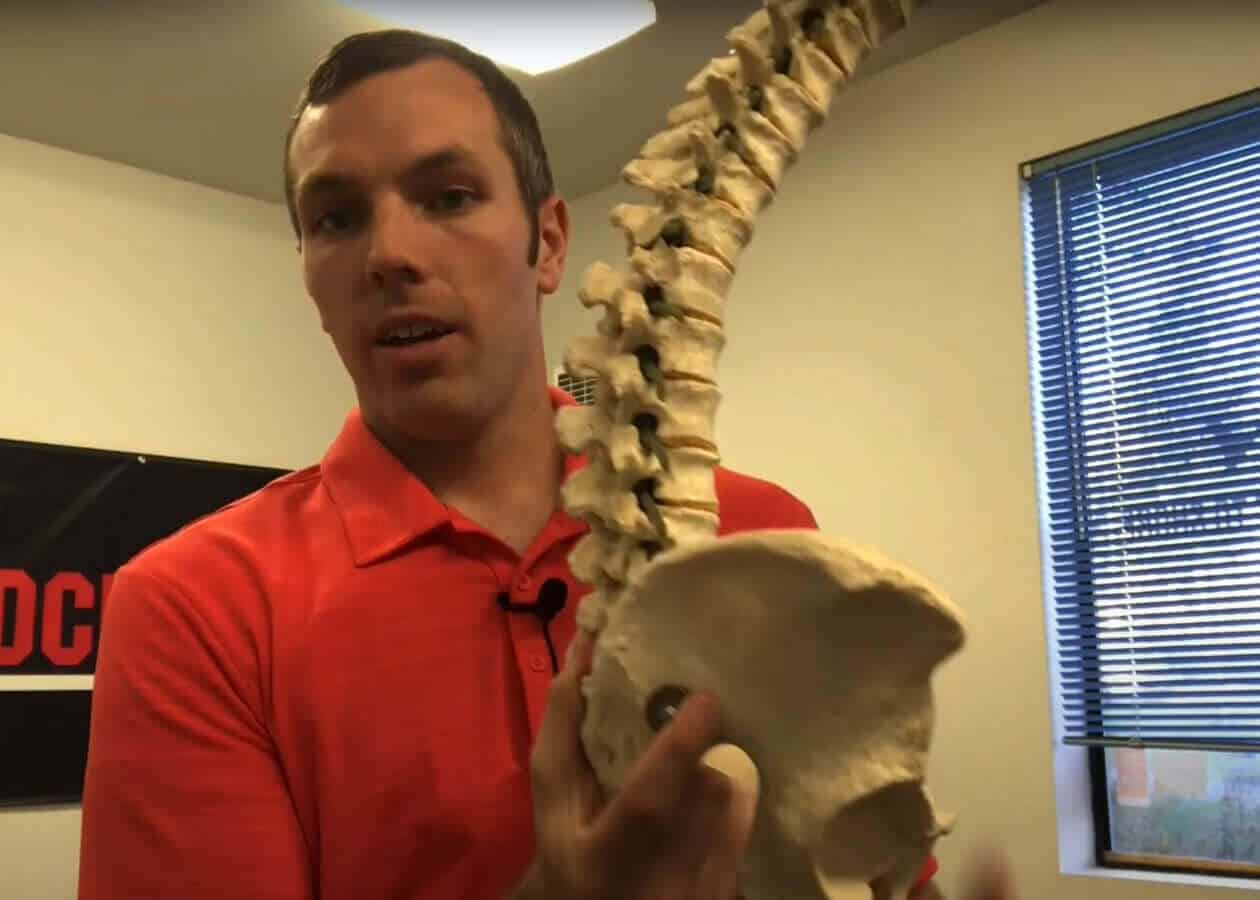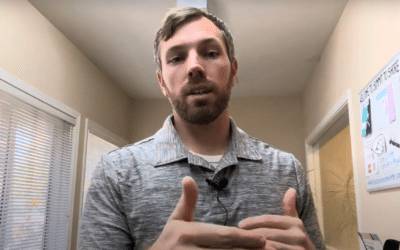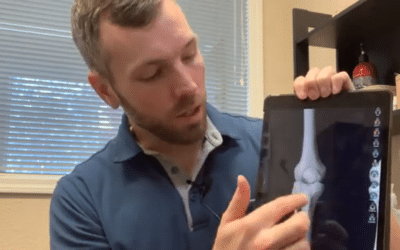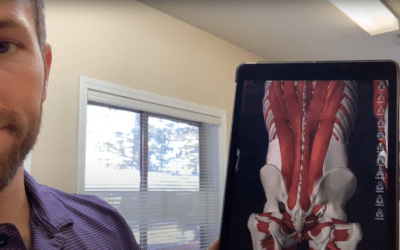Here are a few exercises you can to help with your low back pain.
Obviously all low back pain is not the same. Depending on the injury you have, you may find some movements or activities beneficial or bothersome. However, some of these exercises are really good just general movement type activities. The first thing you need to address before performing any of these activities is what the problem really is and what makes it worse. Usually there is a direction or movement that your body doesn’t like. Be aware of that direction or movement and don’t continue to do that movement. Don’t make things worse. Normally when there is pain going down the leg there is a flexion, or leaning forward, avoidance behavior and with other injuries extension, or leaning back, may be a bad option. Keep this in mind and if any of these exercises are painful, don’t do that one for right now.
The first exercise is a curl up. The few difference I want to point out is putting your hand behind your low back will give you some feedback on how much things are moving and feeling. The other part is lifting up to the point that your shoulder blades barely come off the ground. You can use your other hand on the back of your neck if you feel you need some support for the head. It is a really small movement and if you feel your back start to tighten up on your hand, you are going too far. This position is trying to get some strengthening in the forward flexion or bending position.
The next exercise can and should be done on both sides. This exercise is a plank. You will need to bring the bottom arm underneath you and lift the hips up towards the ceiling and hold nice and straight. A common mistake is rolling forward or backwards, which might cause irritation in the low back. You can lift up onto the feet or modify the exercise if it is too difficult and lift up from the knees. This position is trying to get strengthening in the side to side area and in the lateral bending position.
The last exercise is the bird dog or quadriped position, a lot of names for this one. First step is getting a neutral spine position. You want to make sure you are not getting into excess extension or flexion. Then you are going to lift an arm and a leg. A good idea if you are learning this is put something on your low back area and move without moving the object like a foam roller or a water bottle. The goal is no movement in that object on your back. Common mistakes are rotating too much side to side or over extending the leg and causing excess extension in the back.
Try these exercises and see how you feel, but don’t forget what type of movement is making it worse and avoid that movement. Then once you know what makes it worse you can avoid that movement and start strengthening your low back and become more resilient to what Tahoe life may throw at you.
We are going to try and upload a new video every week for the remainder of the year on our blog page. So make sure to check back next time for more exercise tips.
Tahoe’s Premiere Sports Chiropractor
Follow Us on Facebook https://www.facebook.com/summittoshore/
Instagram https://www.instagram.com/summittoshore/





